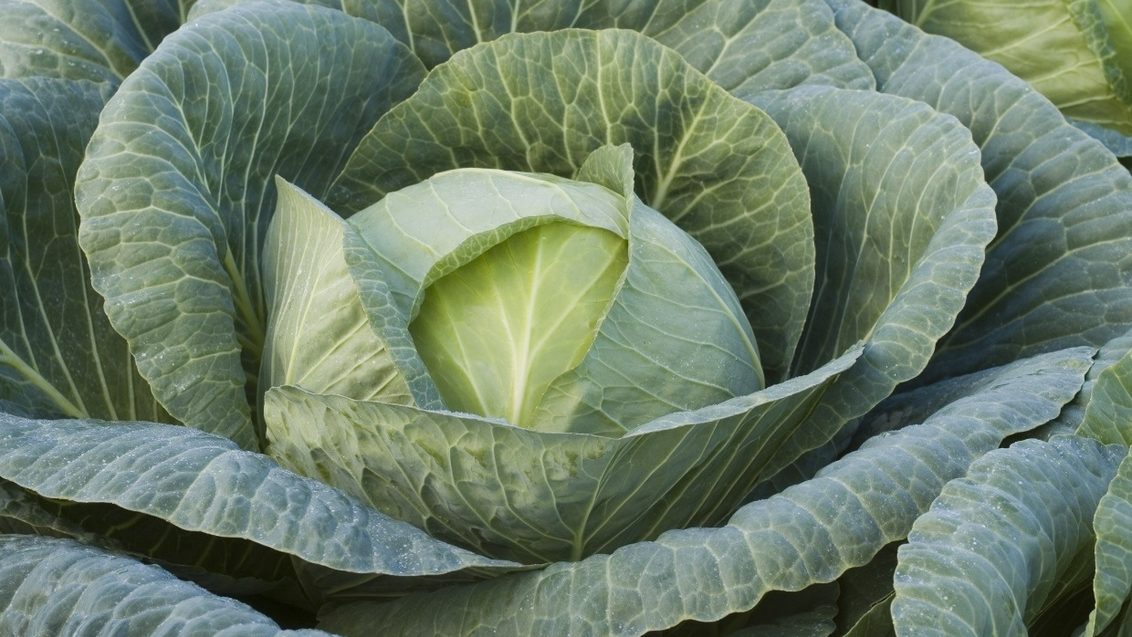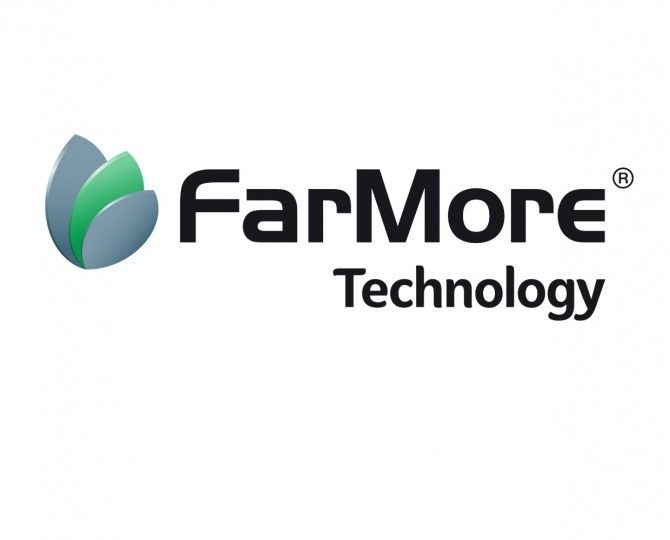
Seedcare in brassicas
Brassicas

FarMore® TechnologyFarMore® Technology is a vegetable seed treatment platform developed for and focused on the customer's needs. Syngenta is dedicated to developing innovative products adapted to each individual vegetable crop by combining seed treatment solutions, application technologies and services.FarMore® Technology is not a stand-alone product; it is a constantly evolving technology platform that showcases Syngenta's full commitment to discovering new and improved seed treatment methods for vegetable production.

Table of diseases | efficacy of FarMore® TechnologyFarMore® Technology can improve seedling emergence and vitality by effectively controlling a range of seed and soil-borne fungi. The table shows the control spectrum of Maxim 480FS (Fludioxonil) and Apron XL (Metalaxyl-M). It indicates which fungi that pose a risk to brassicas the FarMore® solutions can control. For more information on the efficacy of FarMore® against fungi in brassicas, please see the test results.

Trial results in brassicas
Apron® XL and Maxim® 480FS have been tested for crop safety and efficacy against the most important seed and soil-borne fungi.









